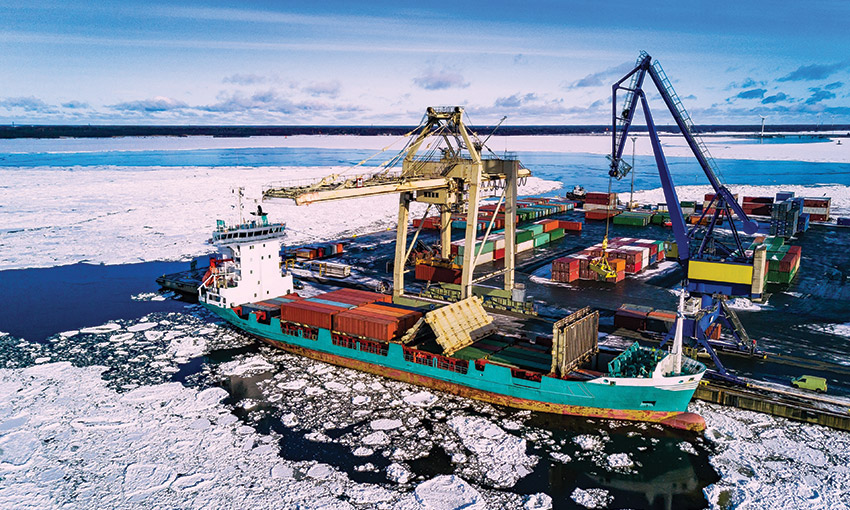FINLAND has a coastline dotted with thousands of islands and an extensive network of navigable waterways. Maritime transportation is a part of life for the general population; passenger ferries connect Finland with Sweden, Estonia, Denmark, Russia, Germany and Poland.
The Nordic nation is home to a strong network of shipyards, marine equipment manufacturers, systems providers and technology companies. Finland has a lot to contribute to the maritime world.
TRADE OVERVIEW
Australia and Finland established diplomatic relations in 1949, and economic ties are growing.
Our exports to Finland were valued at $742.9 million in 2022; the biggest commodities were coal, copper ores and concentrates, precious metal ores and alcoholic beverages. Finland exported $1.5 billion worth of goods and services to Australia that year. The main exports to Australia were civil engineering equipment and parts, goods vehicles, paper and paperboard, passenger motor vehicles and telecom equipment and parts.
The Department of Foreign Affairs and Trade highlights marine engineering and technology corporation Wärtsilä as one of several Finnish companies with business interests in Australia. Kalmar Global, KONE and Metso are among the others.
Finland is a signatory to the General Agreement on Tariffs and Trade the Organisation for Economic Co-operation and Development since. The country was a member of the European Free Trade Association before leaving the organisation to join the European Union in 1995.
INDUSTRY LANDSCAPE
The Finnish shipbuilding industry supports the seaborne transportation the country relies on. The orderbook for Finnish shipyards was approximately €6.5 billion (about $10.7 billion) in the third quarter of 2023.
About 80% of the world’s icebreakers were designed in Finland and around 60% were built in Finnish shipyards. Icebreakers are vital to the national economy because all ports freeze over in a typical winter, and those ports facilitate about 90% of Finland’s imports and exports. Icebreakers ensure merchant vessels can continue to access the ports.
The ports of Helsinki, Rauma, Turku, Pori and HaminaKotka are among several Finnish ports facilitating the country’s container trade.
Port of Helsinki handled 10.4 million tonnes of cargo in the first nine months of 2023. The port in October this year said a “slight recession” in the Finnish economy was reflected in a decrease in cargo volumes, but passenger traffic remained busy. Almost seven million passengers travelled on routes to and from Helsinki over the nine-month period.
MARITIME CHALLENGES
Finland’s maritime industry is facing some complex maritime challenges in 2023. Ice conditions around the country’s coastline are becoming harder to predict as the climate changes. Russia’s invasion of Ukraine has reinforced the role of seaborne trade – a large portion of Finland’s border is shared with Russia. Last year, Finland received its first floating LNG terminal to supply gas after Russia cut off natural gas exports to its Nordic neighbour.
Another challenge for Finland is its candidature for the International Maritime Organization Council. The council comprises 40 IMO member states across three categories. Finland was not a member of the council in the 2022-2023 biennium, but it has been campaigning for election in 2024-2025 to category c. This category comprises 20 member states with special interests in maritime transport or navigation, and which would ensure representation of all major geographic areas of the world.
Finland was promoting sustainable shipping, new technologies and education and equality in maritime transport as the December 2023 election approached.
This article appeared in the December 2023/January 2024 edition of DCN Magazine





